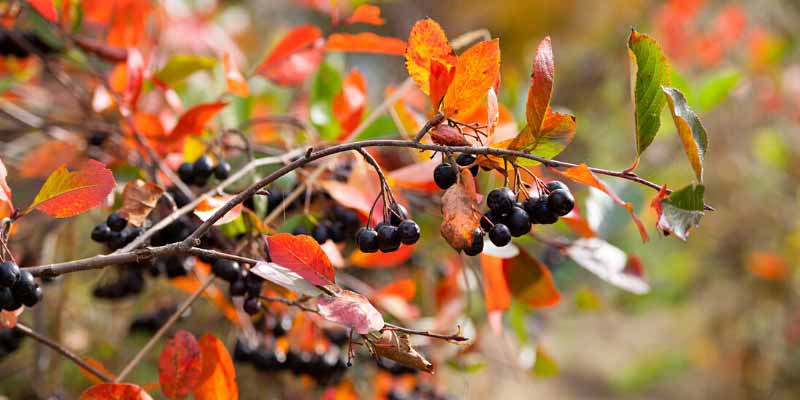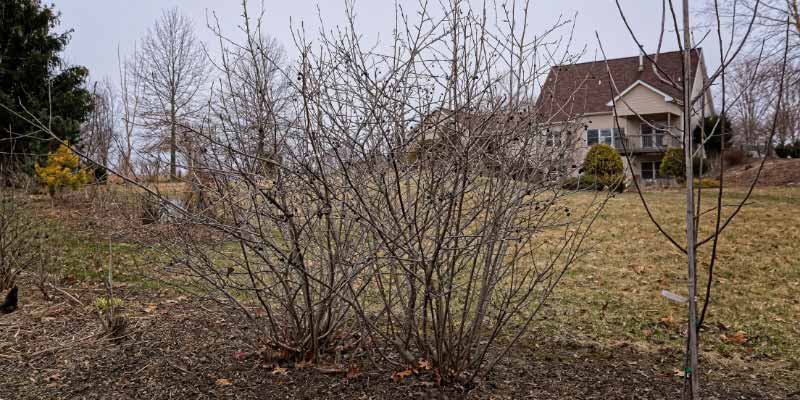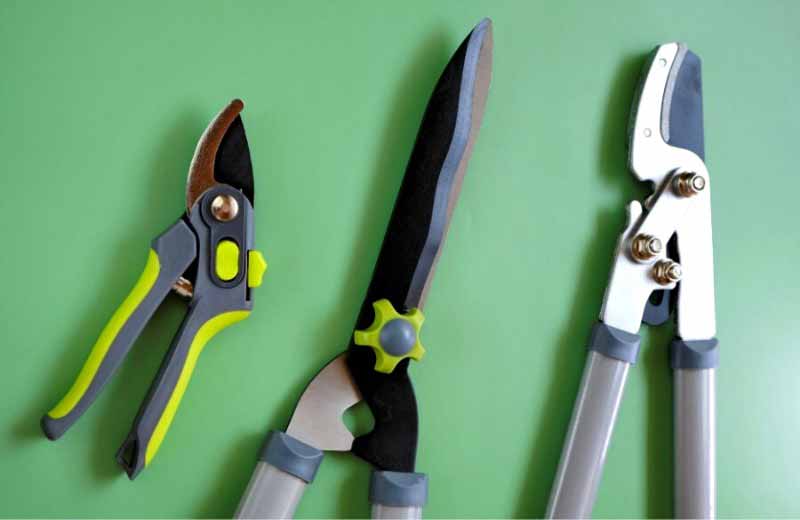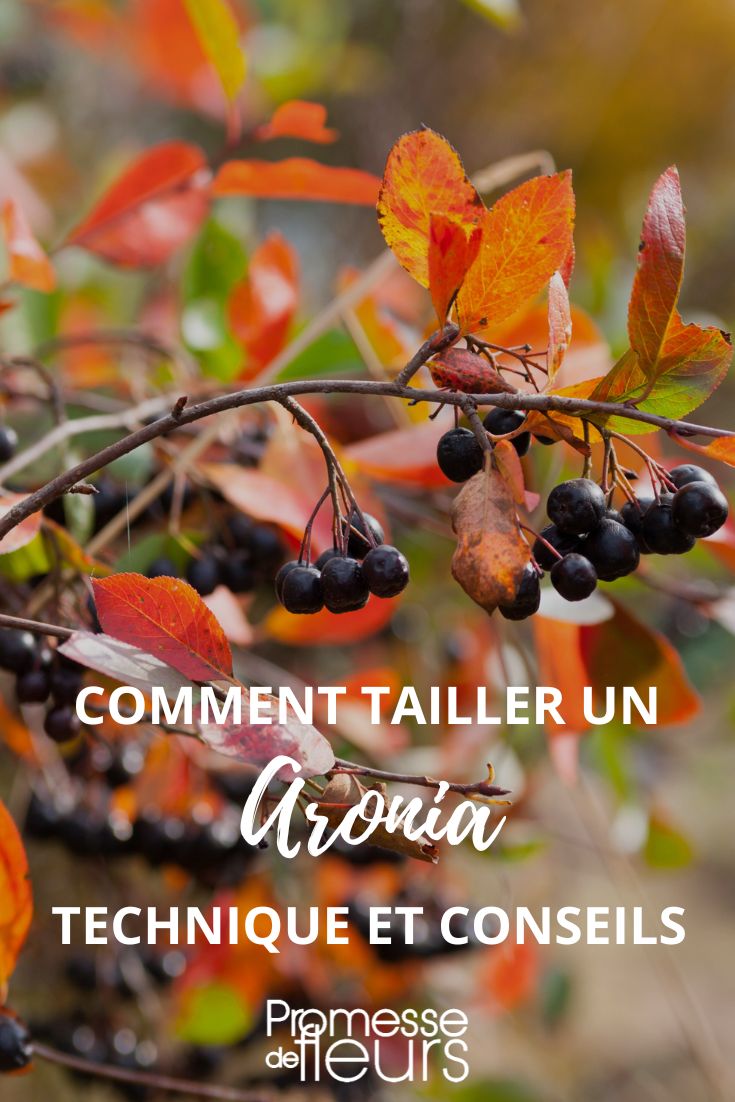Aronias are bushes valued for their edible black or red berries, with a blackcurrant-like flavour. They are bushes native to North America, measuring between 50 cm and 3 m in height, depending on species. They bear simple, slightly dentate leaves that turn beautiful red or orange colours in autumn. Discover all our tips to prune Aronia: what equipment is needed, when and how to prune it?

Why pruning Aronia?
Pruning Aronia is optional and not essential for its development; however, it improves berry production and helps give the bush a more balanced shape and limit its size. While most Aronias are fairly compact, some, such as Aronia arbutifolia, can reach up to 3 m at maturity! Pruning Aronia makes berry harvest easier by keeping fruit at a convenient height. It also rejuvenates an Aronia plant, helps it thicken and removes dead, diseased or damaged parts. Moreover, Aronia spreads by producing suckers (new shoots that form from the roots): pruning limits these and helps control its development.
When to prune Aronia?
Aronia is pruned in late winter, between February and March, while still in dormancy. On plants at least 5 years old, we recommend carrying out a severe pruning every other year to rejuvenate them, and a lighter pruning in intervening years. It is also possible to do a light prune after flowering, shortening the year's young shoots and foliage.
Aronia tends to produce suckers. You can prune them as you see them, as they appear.

How to prune Aronia?
First, disinfect cutting tools with 90° alcohol to avoid spreading disease between plants.
Also make sure to cut each time just above a branching or a node (point of insertion of leaves and stems). This way, the plant will heal and reshoot more easily. Likewise, it is better to cut at a slant so rainwater does not stagnate on the wound.
- Start by removing diseased, damaged or dead branches.
- Remove those that appear poorly positioned as well as any that cross and may therefore interfere with each other.
- Open out the centre of the bush to allow light to penetrate. This will also improve air circulation and reduce disease risk.
- Prune the tips of the shoots to shorten them slightly.
- Every two years, you can cut old branches back by about one-third of their length to stimulate growth of new shoots and regenerate the bush.
- Step back occasionally to observe the overall shape of the bush. It should be harmonious, with branches well distributed.
- Also prune suckers, cutting them right at ground level.
Necessary equipment
- Pruning shears
- Optionally, a shear or hedge trimmer for pruning young shoots and foliage
- A branch cutter for cutting back large branches
- A pair of gloves

































Comments